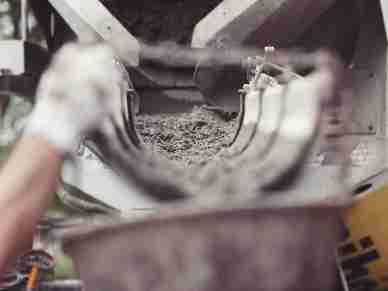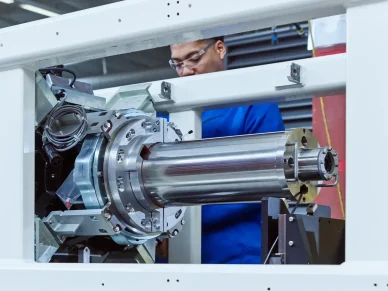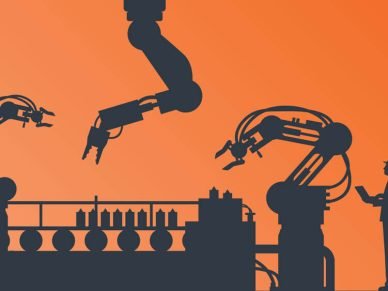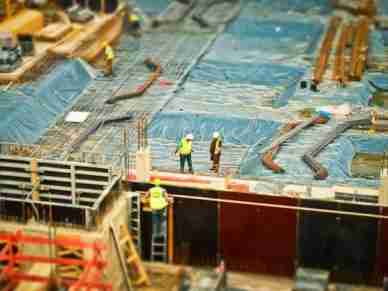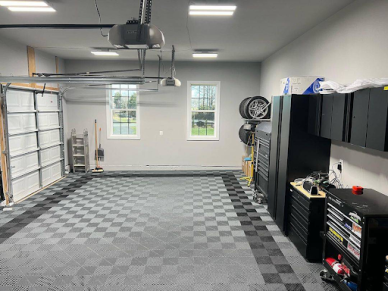Sustainable building materials from the future? No problem. Learn about self-healing concrete, bioplastics, and synthetic spider silk.
The policy landscape is quickly changing as more and more nations are doing establishing protocols and regulations targeting the building construction industry and its environmental impact. To combat global warming, the United States, the U.K., and Europe have expressed a deep desire to achieve unprecedented levels of green living and have begun to establish strict sustainable practices in an effort to achieve these goals.
To address the changing landscape, the construction industry will need to accept responsibility and make changes in order to keep up with both government and public demands. The good news is that there is potential to make a significant dent in the trade’s heavy carbon dioxide emissions, use of volatile organic compounds, and fossil fuel consumption.
The three cutting-edge building materials we will investigate are not only game changers in how buildings and infrastructure will be built in the future, but are also green.
Self-Healing Concrete
 Just as a broken bone will eventually heal itself by regenerating its own osteoblast cells, there is now a new concrete product that is embedded with limestone-producing bacteria and calcium lactate which will actually self-seal cracks. After sealing, these products will recover the original load-bearing capacity of the concrete.
Just as a broken bone will eventually heal itself by regenerating its own osteoblast cells, there is now a new concrete product that is embedded with limestone-producing bacteria and calcium lactate which will actually self-seal cracks. After sealing, these products will recover the original load-bearing capacity of the concrete.
Self-healing concrete can have a remarkable impact on public safety. Concrete structures will have a much longer life and the cost of repairs may be reduced by up to 50 percent. It will also provide a positive environmental impact by reducing concrete’s massive carbon footprint.
Insect-Inspired Bioplastics
 Celluloid (the precursor to plastic), invented by John Wesley Hyatt in 1869, revolutionized the world when it replaced ivory as the material of choice. With the ability to be malleable but also hardened, it could shrug off water and oil. It didn’t turn brittle, crack, or become discolored, and it could be made to look like most natural materials.
Celluloid (the precursor to plastic), invented by John Wesley Hyatt in 1869, revolutionized the world when it replaced ivory as the material of choice. With the ability to be malleable but also hardened, it could shrug off water and oil. It didn’t turn brittle, crack, or become discolored, and it could be made to look like most natural materials.
Plastic has undoubtedly revolutionized every aspect of our world and is about to revolutionize it once again. There is now a new process that makes thin, clear, flexible, recyclable plastic that is as strong as aluminum and half the weight.
Named Shrilk, this next generation of plastic is inspired by insects’ hard outer shells and is made from discarded shrimp shells and proteins derived from silk.
Bioplastics have the potential to replace concrete, steel, and wood. Science company giant DuPont believes that this material may replace metal in everything from manufacturing equipment to cars. Coupled with thermoplastic engineering, it provides “excellent creep resistance, can maintain structural performance at high temperatures, and resist corrosion.”
Synthetic Spider Silk
 “We take a single gene from a golden orb-weaving spider and put it into a goat egg. The idea is to make the goat secrete spider silk into its milk,” said Jeffrey Turner of Nexia Biotechnologies in 2002.
“We take a single gene from a golden orb-weaving spider and put it into a goat egg. The idea is to make the goat secrete spider silk into its milk,” said Jeffrey Turner of Nexia Biotechnologies in 2002.
Turner’s initial idea never made it out of the lab, but a new product by Japanese company Spiber has been prototyped. This company is bioengineering bacteria and recombinant DNA to develop a synthetic spider thread with endless variations of versatility. They’ve even been successful at designing a scalable production method, and has collaborated with The North Face on the creation of The Moon Parka prototype parka.
Not only is spider silk 340 times stronger than steel, but in synthetic form it becomes highly customizable and incredibly functional. It is believed that this will become the next generation of high-performance fiber.
All signs are pointing to a greener future with a softer environmental footprint. It’s becoming clear that the construction industry will need to look ahead and be prepared to take on this new responsibility. Learn more about the positive effect building materials software can have when producing green building materials.
Julie A. Snow is a researcher and freelance writer. She loves helping others become leaders within their industries and shares her tips whenever she can. Julie also loves spending time with her family.

